Are you interested in learning more about SaaS (Software as a Service) software? Are you curious to see some examples of SaaS products that are being used today?
In this blog post, we’ll be taking a look at some popular SaaS software examples and how they can help you with your business.

What is SaaS?
SaaS stands for “Software as a Service,” and it is a term used to describe a type of cloud-based software delivery model. It is a way for businesses to access and use software without having to install, maintain, or manage hardware or software on their own.
With SaaS, users are able to access applications over the internet, which are hosted on remote servers and maintained by the software provider. This allows businesses to get the most up-to-date versions of the software they need while reducing IT costs and increasing efficiency.
With SaaS, businesses can access software quickly and easily—and pay only for the software they use.
Benefits of SaaS Software
SaaS software has some major advantages over traditional on-premise software. These advantages are what makes SaaS software so attractive to businesses of all sizes.
The most obvious benefit of SaaS software is its affordability. By utilizing a subscription-based pricing model, businesses can save money in the long run by not having to purchase expensive hardware and software upfront. Additionally, SaaS software eliminates the need for IT staff to maintain and update the software, resulting in further cost savings.
SaaS software is also incredibly convenient. Rather than having to install software on individual machines, software can be accessed from any device with an internet connection.
This makes it easy for teams to collaborate and share data from any location. Additionally, as the software is cloud-based, it can be updated regularly without disrupting users.
Finally, SaaS software is incredibly secure. With the latest security protocols in place, businesses can rest assured that their data is safe and secure. Additionally, the fact that SaaS software is regularly updated with bug fixes and security patches means that businesses can stay ahead of the latest threats.
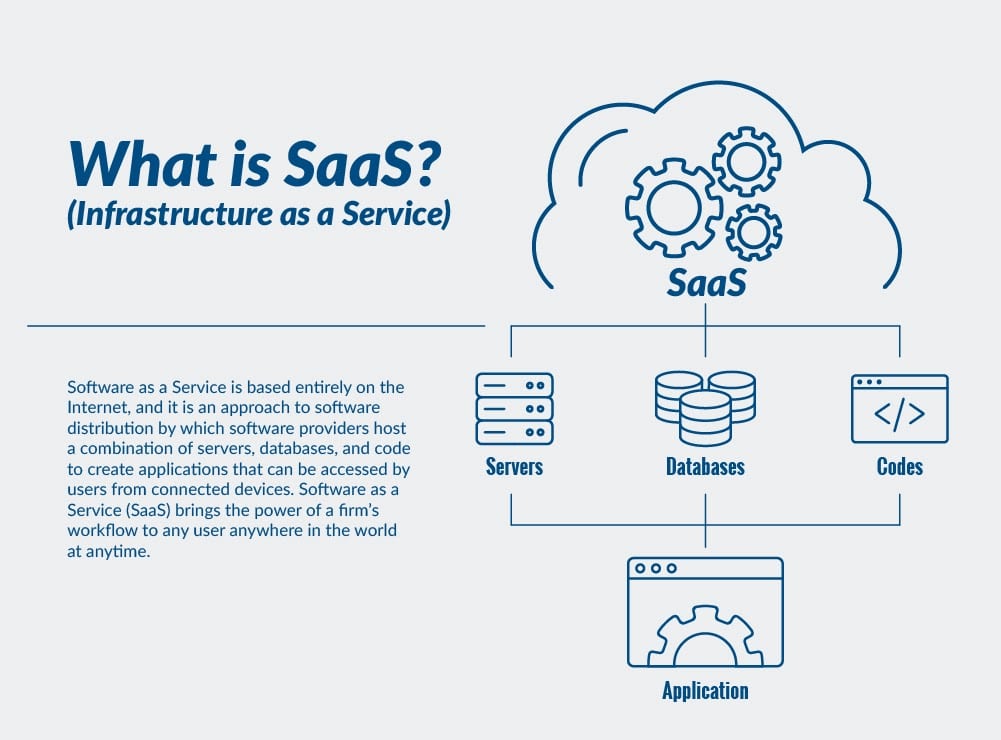
Types of SaaS Software
Now that you know what SaaS is and the benefits it provides, let’s look at the different types of SaaS software available. There are several different types of SaaS products, all of which provide different solutions to different types of businesses. Some of the most popular types of SaaS software include:
Customer Relationship Management (CRM) software: This type of software is used to manage customer relationships and help a business better understand their customer base. Examples of CRM software include Salesforce, HubSpot, and Zendesk.
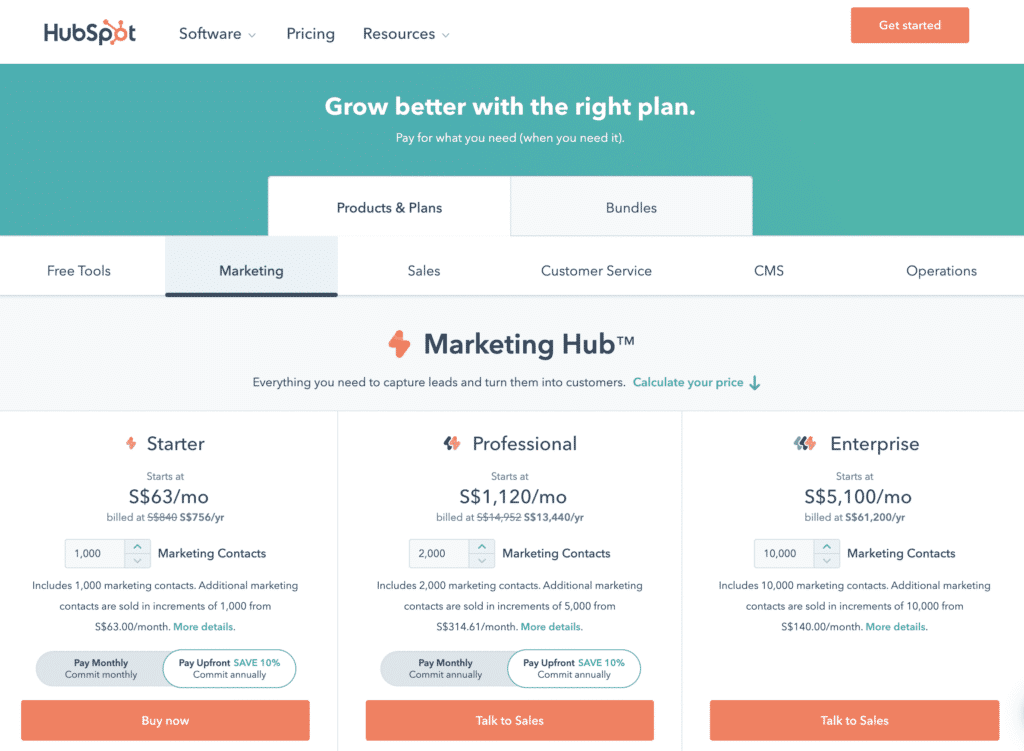
Project Management software: This type of software is used to help manage projects, tasks, and resources. Examples of project management software include Asana, Trello, and Monday.com.
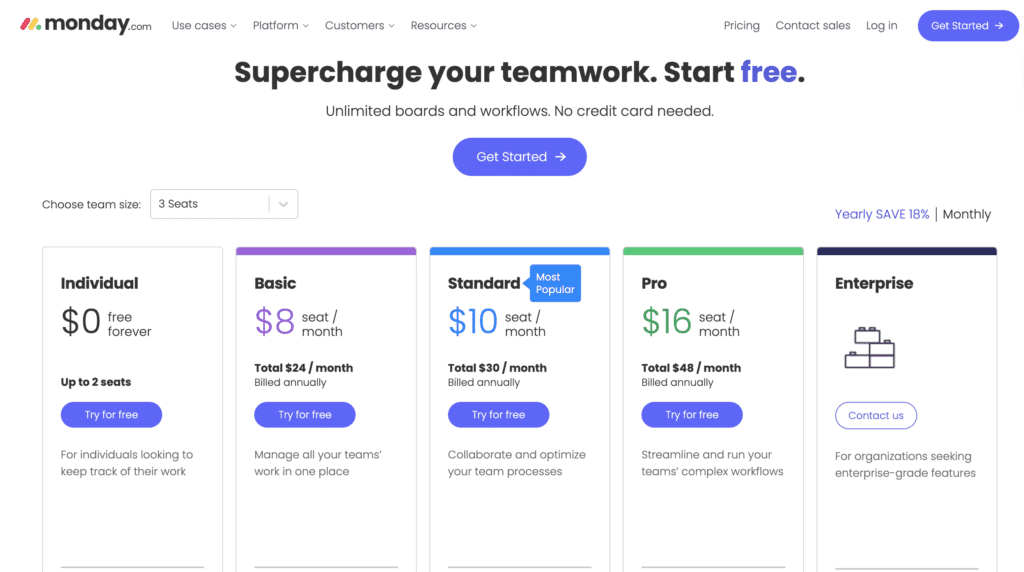
Business Intelligence software: This type of software is used to help businesses analyze data, visualize insights, and make data-driven decisions. Examples of BI software include Tableau and Microsoft Power BI.
Enterprise Resource Planning (ERP) software: This type of software is used to help manage a company’s business processes, including finance, HR, and operations. Examples of ERP software include SAP and Oracle.
In addition to these types of software, many other types of SaaS software are available, such as marketing automation, eCommerce platforms, and analytics tools. No matter what type of business you have, there is likely a SaaS solution that can help you manage various aspects of your operations.
Examples of SaaS Software
In this section, we will provide some examples of popular SaaS software so that you can get an idea of what is available. There are many different types of SaaS software, ranging from customer relationship management (CRM) software to streaming services.
Some of the most popular SaaS software examples include Salesforce, Google Workspace, Microsoft 365, HubSpot, Trello, Netflix, Zoom, Zendesk, and Monday.com.
These SaaS solutions provide a variety of services, such as cloud storage, marketing automation, customer service, analytics, team collaboration, and more. They are designed to make it easier for businesses to manage their operations and processes. Additionally, most of these SaaS solutions offer a range of pricing models and integrations to fit the needs of any business.
In the next section, we will discuss the benefits of SaaS software and how it can help your business.
Pricing Models for SaaS Software
Pricing models for SaaS software are typically subscription-based, and this is one of the biggest advantages of SaaS. This type of pricing allows businesses to access the software for a set duration of time, usually on a monthly or yearly basis.
The subscription-based model is highly flexible and cost-effective, as businesses can choose to pay for only the services they need and can easily upgrade or downgrade their subscription depending on their needs.
Additionally, SaaS providers usually offer discounts and other incentives to attract more customers. This type of pricing also eliminates the need for upfront costs and eliminates the need for complicated license agreements, which makes it ideal for businesses of all sizes.
Security and Compliance with SaaS Software
Security and compliance is often a major concern for companies considering SaaS software. It is important to ensure that a SaaS provider follows industry best practices when it comes to security and compliance protocols.
This includes adhering to privacy laws such as GDPR, as well as providing proper authentication and encryption methods for data.
It is also important to look into the provider’s customer support and incident response plans, as well as the availability of audit logs and other security features.
Ultimately, it is up to the company to decide which SaaS software is the best fit for their needs and budget, but it is important to make sure that security and compliance are taken into account.
Performance & Reliability of SaaS Software
Reliability and performance are key aspects of any software, but they are particularly important when it comes to SaaS. The ability of a SaaS application to perform consistently and reliably is essential for users who rely on it for their day-to-day operations.
High-quality SaaS applications will use a reliable server infrastructure and have built-in features that guarantee uptime and responsiveness.
Additionally, the application should be designed to scale as needed, so that it can handle sudden spikes in usage without any issues. With these features, users can trust in a SaaS application’s reliability and performance, even in the face of unexpected events.
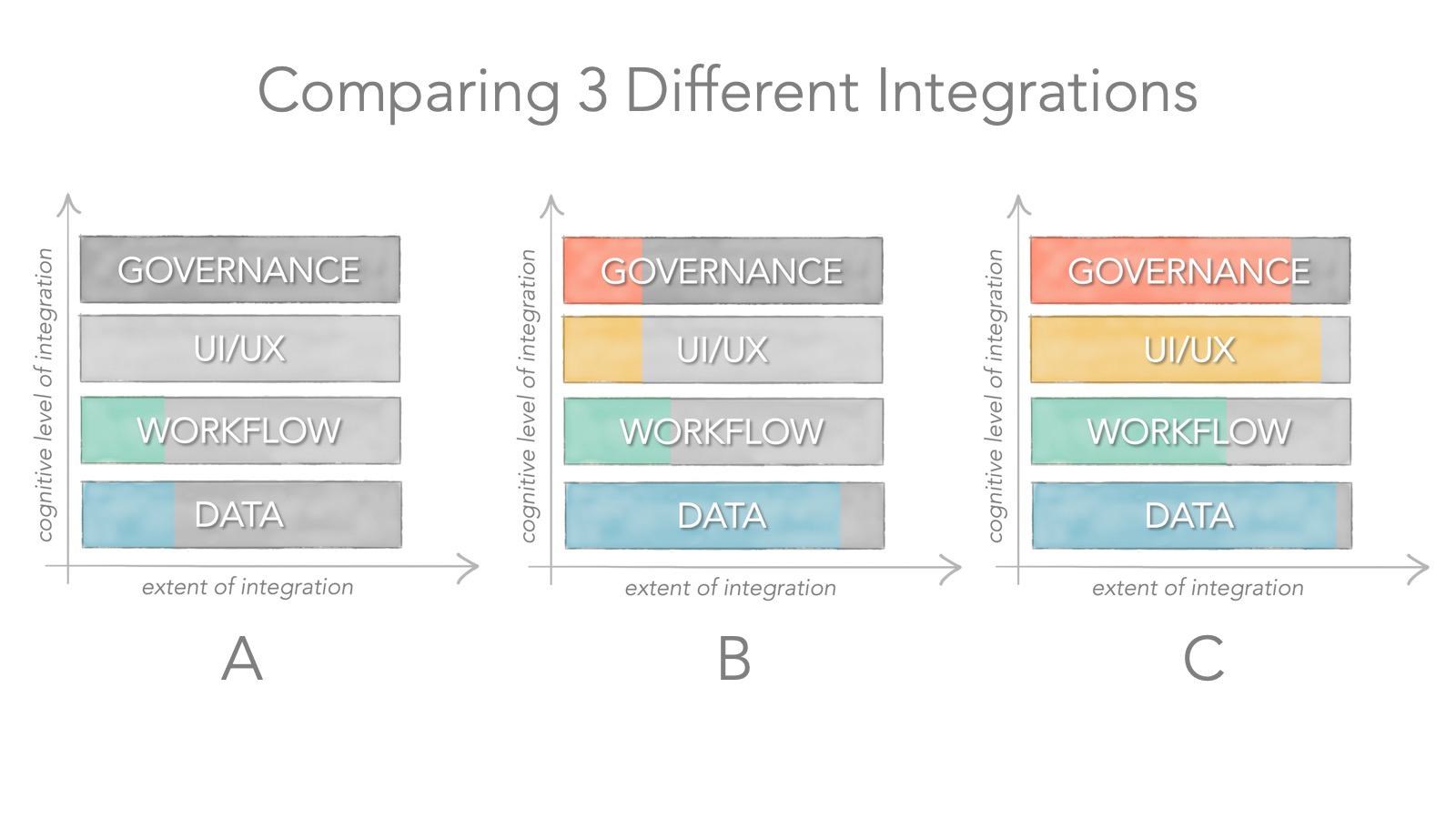
Integrations for SaaS Software
In the previous section, we looked at the performance and reliability of SaaS software. While performance and reliability are important, it is also crucial for businesses to consider how their SaaS software will integrate with other software and systems.
With the right integrations, businesses can create a comprehensive and automated workflow that can help them save time and money.
Integrations with SaaS software are important because they allow businesses to connect their software with other applications and systems. This allows businesses to create automated workflows that can save time and money.
For example, businesses can set up integrations between their SaaS software and their CRM or ERP systems, allowing them to automate processes such as customer service or order fulfillment. Additionally, businesses can also set up integrations between their SaaS software and other third-party applications, allowing them to simplify the user experience and save time.
When selecting SaaS software, it is important to consider the integrations that are available. Different SaaS software providers offer different levels of integration with other systems, so it is important to research what is available before making a purchase.
Additionally, it is also important to consider whether the SaaS software provider has a strong API and good documentation, as this will make it easier for businesses to set up integrations.
SaaS vs. On-Premise Software
When it comes to software, companies have the choice between SaaS and on-premise solutions. On-premise software is installed, maintained, and managed within an organization’s own data center. It requires upfront investments in hardware and IT staff, as well as ongoing maintenance and upgrades.
SaaS, on the other hand, is a cloud-based software solution that is hosted and managed by the software vendor. It requires no upfront investments and sees regular upgrades and maintenance from the software provider.
When choosing between SaaS and on-premise software, companies should consider their short- and long-term needs, budget, the cost of implementation, and their IT staff resources. On-premise software is often preferred for companies that need to maintain complete control over their data, or for companies that have the resources to manage their own software.
However, SaaS solutions offer a number of advantages, such as scalability, faster deployment, and cost savings.
Regardless of the type of software, companies should ensure they understand their needs and evaluate their options before making a decision. SaaS solutions offer a number of advantages, and for many companies, they prove to be the better choice. They allow companies to focus on their core business activities, while the software provider handles the technical aspects of the software.

Final Thoughts on SaaS Software

As we’ve seen, SaaS software provides a range of advantages over traditional on-premise software. It’s cost-effective and easy to scale, with no upfront costs, and provides access to the latest features and updates. It also helps businesses improve their security, compliance and reliability.
However, it’s important to choose the right SaaS software for your business, as there are many to choose from with different pricing models, features, and integrations. It’s also important to consider the performance and reliability of the SaaS software you’re using to ensure that it meets your business’s needs.
Ultimately, SaaS software can provide businesses with an efficient, cost-effective way to access the latest features and updates, improve security, and increase performance and reliability. With the right SaaS software for your business, you can focus on your core objectives and take advantage of the latest technology.

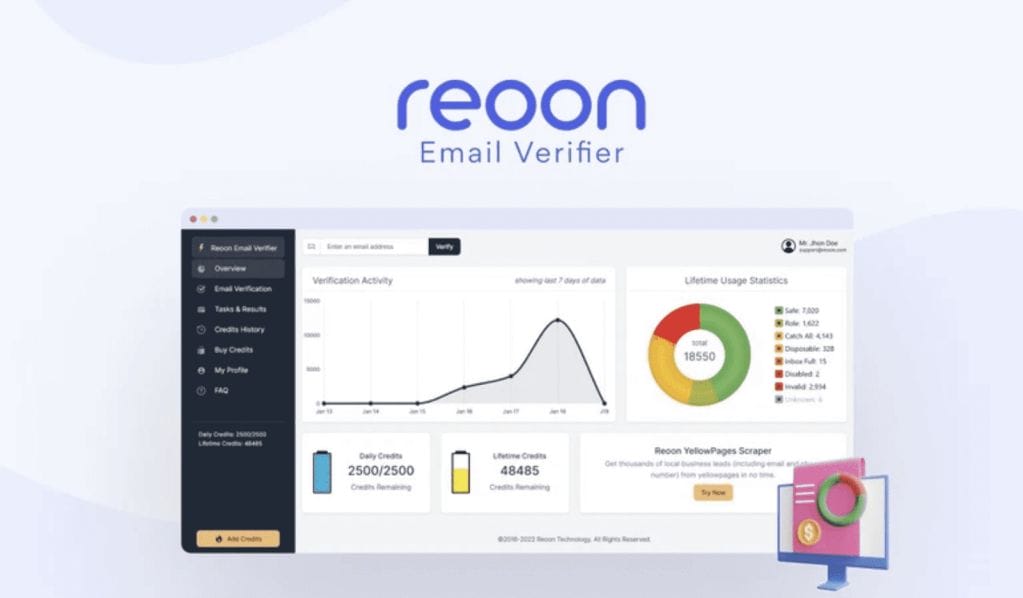

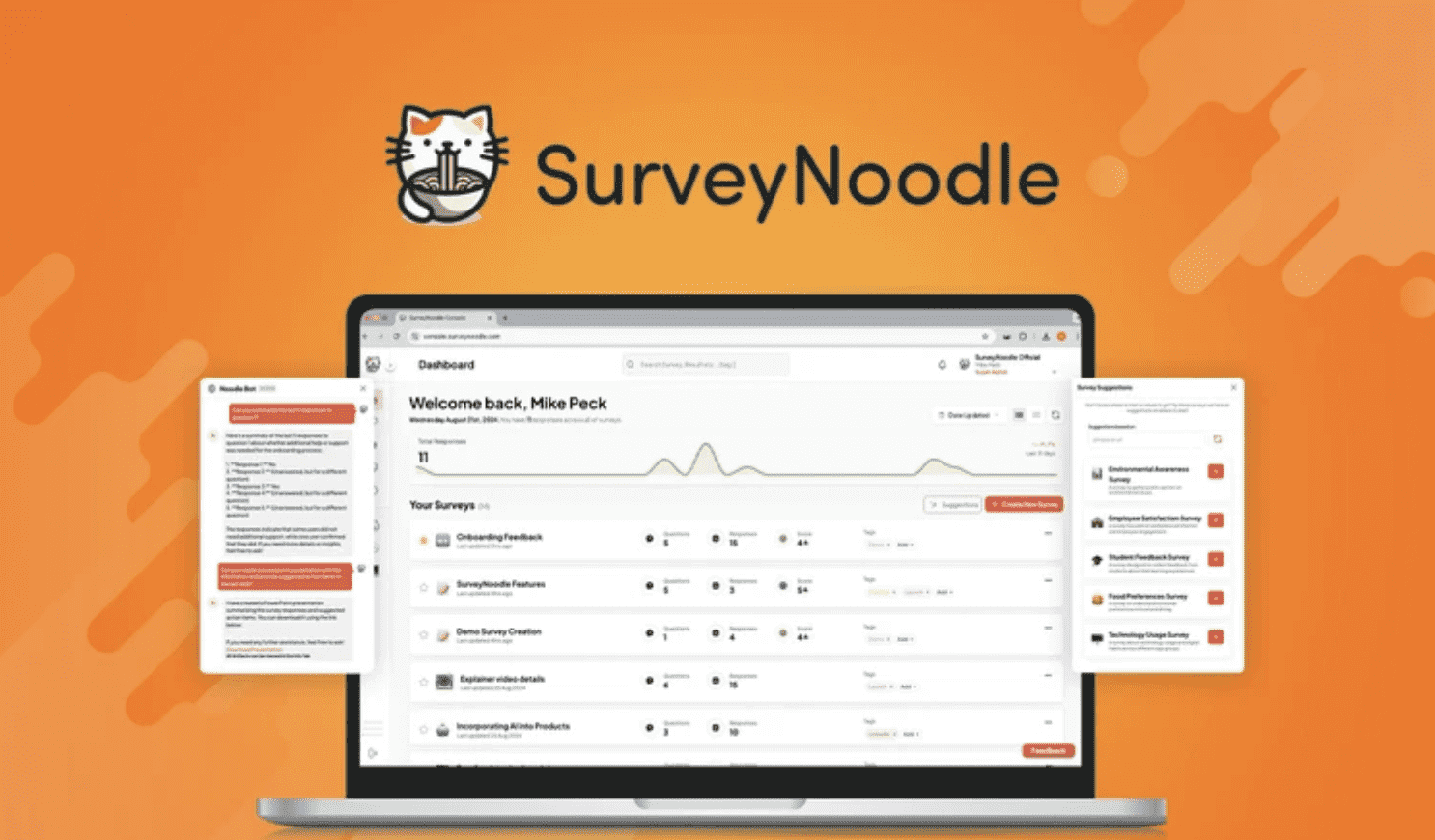



![SaaS Lifetime Deals: Which Platform & Are They Worth the Investment [In 2025]? AppSumo Saas Lifetime deals](https://eebfoenrqrf.exactdn.com/wp-content/uploads/2023/08/AppSumo-Saas-Lifetime-deals-450x261.png?lossy=1&ssl=1)
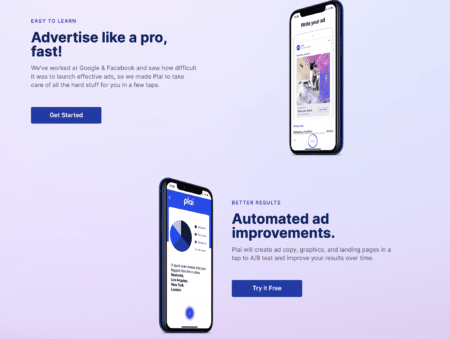
![Best SaaS Sales | Everything You Need to Know in 2025 Best SaaS Sales in [current_year].](https://eebfoenrqrf.exactdn.com/wp-content/uploads/2022/12/SAAS-SALES-450x253.png?lossy=1&ssl=1)